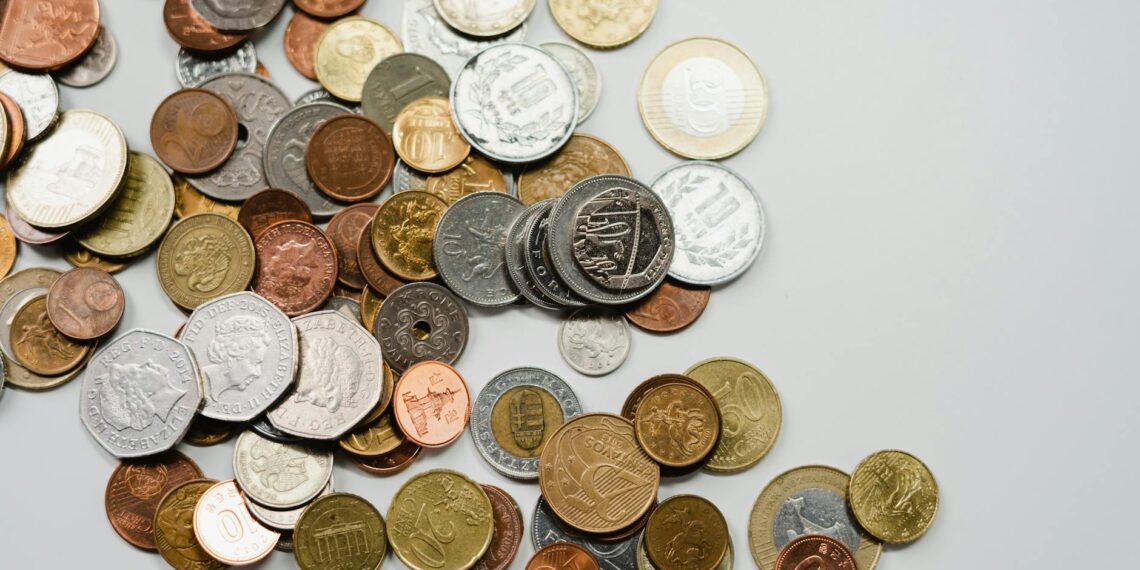Different types of errors on a 1941 penny can significantly affect its value, with some error coins fetching significantly higher prices than their standard counterparts.
- Doubled Die Obverse (DDO): This error features strong doubling on the obverse, particularly on the inscriptions “IN GOD WE TRUST”, “LIBERTY”, and the date “1941”.
– Value: Circulated coins (VF-XF) can be worth $150-$500, uncirculated coins (MS64-MS66RD) can reach $2,000-$9,000+, and top grades (MS67RD) can go up to $35,000.
- Die Cap Error: This rare error occurs when a coin sticks to the die and repeatedly strikes new planchets, resulting in a “bottle cap” shape.
– Value: $500-$2,000+.
- Off-Center Strike: This error happens when the coin is struck significantly off-center, with a portion of the design missing.
– Value: Minor off-center strikes (5-10%) are valued at $20-$100, while major off-center strikes (50%+ with the full date visible) can fetch $300-$800+.
- Broadstrike Error: This occurs when the coin is struck outside the collar, resulting in a spread-out, flattened appearance.
– Value: $100-$300, depending on the grade and the extent of the spread.
- Repunched Mint Mark (RPM): This error is found primarily on 1941-D and 1941-S cents and happens when the mint mark is punched more than once.
– Value: Common RPMs are valued at $10-$50, while scarcer varieties (e.g., D/D North, S/S Tilted) can be worth $100-$300+.
- Lamination Errors: This refers to flaws on the surface of the coin caused by impurities in the planchet.
– Value: One example with a Lamination Peel on the Obverse and Woody Reverse was listed for $5.00.
- Clipped Planchet Errors: These occur when a portion of the coin blank is improperly cut, resulting in a missing portion of the coin.
– Value: $10 to $50, depending on the size and visibility of the clip.
- Die Cracks and Cuds: Die Cracks are lines on the coin’s surface resulting from a cracked die, and Cuds are raised, unstruck areas caused by die breaks.
– Value: $5 to $25, based on the prominence and location of the error.
The value of an error coin depends on several factors:
- Condition: Coins with less wear and tear are generally more valuable.
- Rarity and Demand: Rare error coins are more desirable and thus more valuable, especially if there is high demand among collectors.
- Severity of the Error: More pronounced and dramatic errors typically command higher prices.
- Authentication: It’s advisable to have rare error coins authenticated by a professional grading service to verify their authenticity and grade, which can further impact the value.
These are estimated values, and the actual price of an error coin can vary depending on market conditions, the specific characteristics of the error, and the expertise of the buyer or seller.









Which 1941 pennies are worth money?
Good point! 1941 MS-67 RD double die obverse: $35,000.
1941 MS-68 RD: $20,000.
1941-S MS-68 RD: $20,000.
1941-D MS-68 RD: $13,000.
1941 MS-66 RD double die obverse: $3600-6000.
1941 MS-65 RD double die obverse: $1500-$2150.
1941-D MS-67 RD: $185-$1050.
How many 1941 No mint mark pennies were made?
Great question! The 1941 Lincoln penny is a common and easily available date for the con with over 800 million minted in Philadelphia (no mint mark) that year.
What wheat penny is worth $100,000?
Good point! Depending on their condition, those 1943 Lincoln wheat pennies would be worth at most between $100,000 and $250,000, Feigenbaum told USA TODAY. But the likelihood of having a near-priceless penny is similar to “saying your lottery ticket might be worth $100,000.